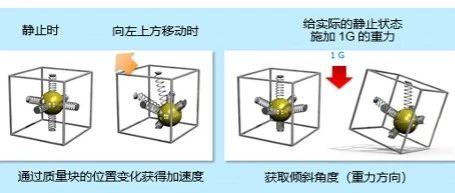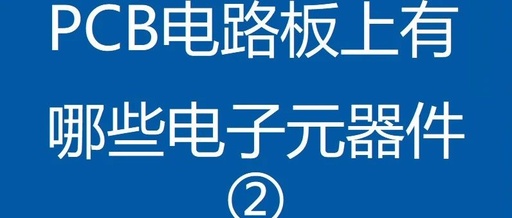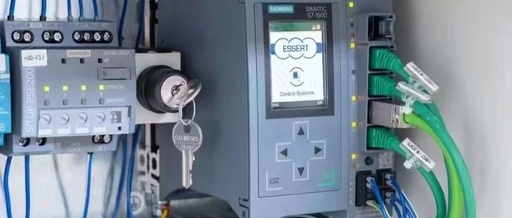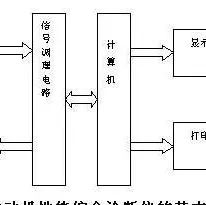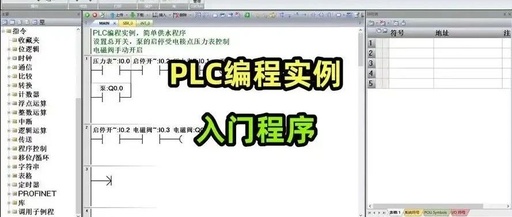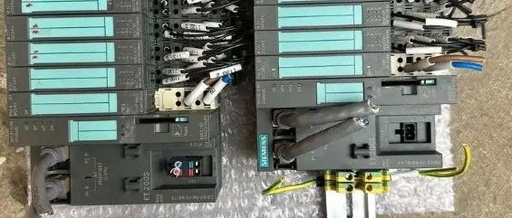Animated Diagrams! Principles of 40 Types of Sensors, All in One Go!
1 Tension Measurement and Control Principle of Fabric 2 Linear Potentiometer Control of Cylinder Piston Stroke 3 Working Principle of Piezoresistive Sensor for Liquid Level Measurement 4 MQN Type Gas Sensitive Resistor Structure and Measurement Circuit 5 Working Principle of Bubble Level Gauge 6 Silicon Diffusion Pressure Sensor 7 Strain Accelerometer 8 Weighing Level Gauge … Read more

